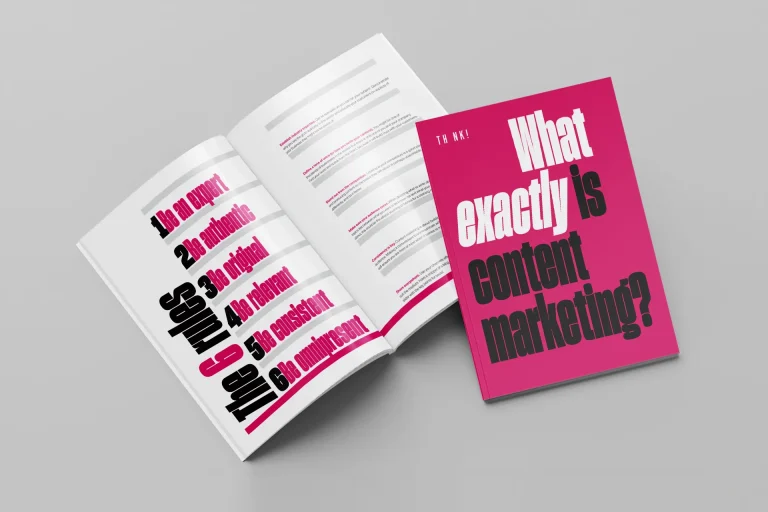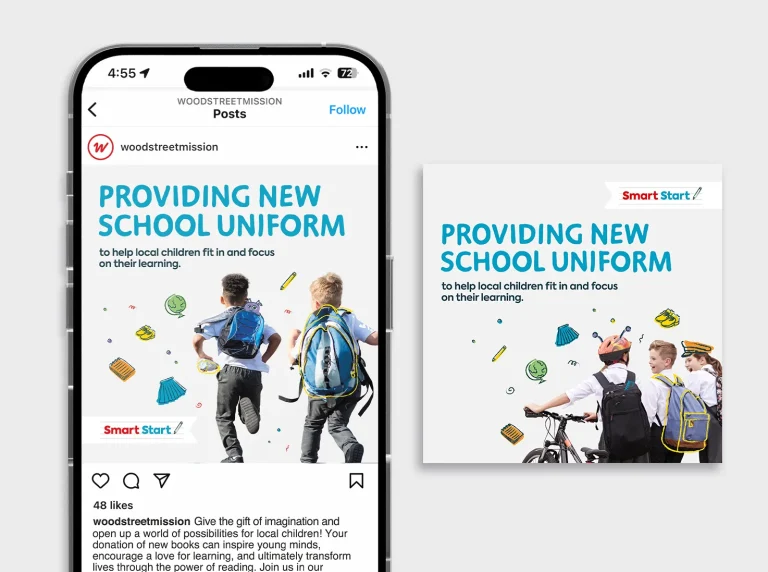Gathering content ideas for your social media calendar
1. Market inspiration
What are others in your space doing? Look at your competitors’ social channels, what topics get the most likes and shares? Identify the trends happening in your industry, how do these relate to your customers?
2. Brainstorm topics
An initial brainstorm with your sales or customer service teams can help you to come up with topics your audience cares about. What questions do your sales or customer service teams get asked most frequently?
3. Look at Google
Search for the key topics related to your business in Google, what are the recommendations that drop down as you type? Also in Google, what other ‘related searches’ feature in the panel at the bottom of the page? You’ll soon build up a list of content ideas.
4. Content audit
Look at any existing content on your channels, what works, what gets the most attention? Do more of the same. What existing content do we have that isn’t being read? You can give these articles a new life with some thoughtfully executed social posts and a little rewriting to make them fresh and current.
5. Native formats
Sometimes ideas can be generated through an understanding of the formats that work best on the channels your audience uses most. For example, short form videos on Instagram Reels that show an unpolished behind the scenes look at how your business works. Take a look at the mediums that work best on each channel.
6. Content types
Similarly, identify the types of content your audience responds well to – ebooks, opinion pieces, how to videos, quotes etc. to give you inspiration. Also, what types of content will support our audience at different stages of the buyers’ journey? Case studies? Long form articles?
7. Tactical posts
What fixed dates, holidays, promotions and events do we need to make sure we make space for? Of course, there’s the usual Christmas post in December but maybe your company is holding a customer or employee event in a few weeks? Leave gaps in your calendar so you can guarantee promotion of the event closer to the time. These posts can bring a little bit of relatable humanity, but these shouldn’t dominate your schedule.






